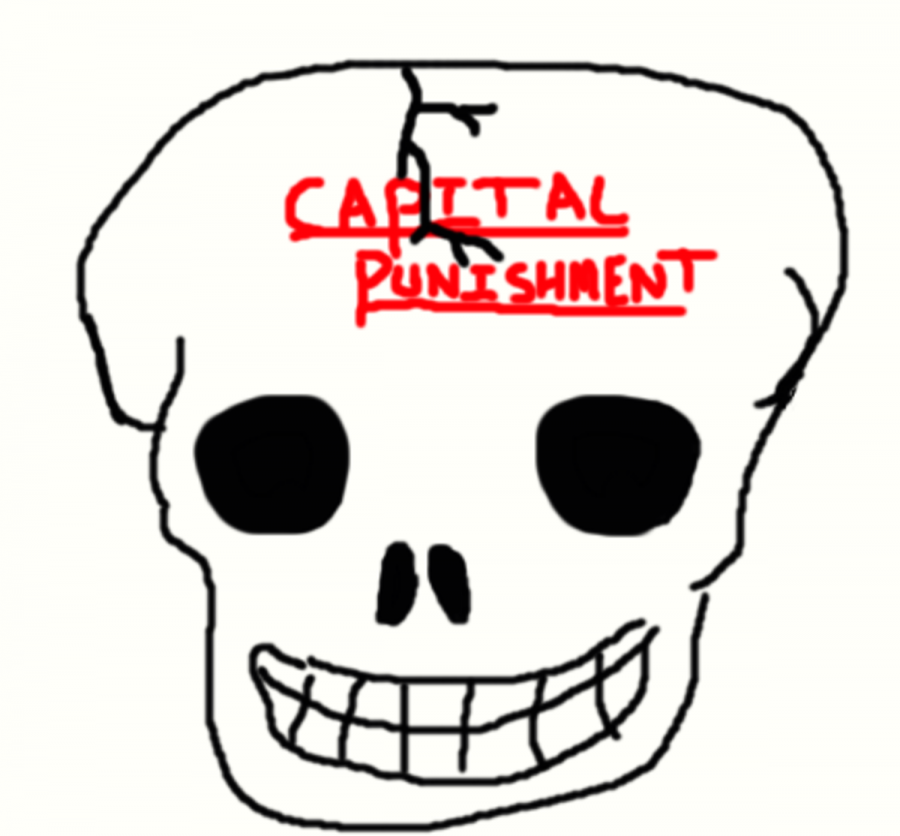Support looking grim for capital punishment
January 29, 2014
When serious crimes are committed, the emotions of those involved tend to run wild and can sometimes even come off just as aggressive as the transgression at hand. The judgement of the relatives of a murder victim for example can become clouded and result in sometimes haste calls for revenge or “justice” in the form of execution.
Capital punishment, or “the death penalty,” has always been a widely debated topic, mostly in regards to its morality and practicality. A recent article from The New York Times reported that public support for the death penalty is at its lowest in four decades and that 40 percent of people believe it is not administered fairly. It also said that in the past five years, 30 states have had no executions. The inefficiency and controversy that plague the death penalty should only make the decline in its support to be expected.
One of the biggest issues with the death penalty is its cost. Nowhere is this more evident than California, who holds the most death row inmates in the country. According to a study from the Death Penalty Information Center, California spent $4 billion on the death penalty from 1978 to 2011. They could save $5 billion over the next 20 years if all death row inmates were given life sentences without parole.
There is absolutely no point in paying more to keep inmates locked up on death row for years at a time with only the possibility of an execution. This indecision is a waste of time and resources.
Another report from the DPIC showed that of the 3,125 death row inmates counted at the beginning of last year, only 10 were executed. The fact that four of these executions were in Texas confirms the vast regional differences in regards to the death penalty. In fact, the only other states that had executions last year were Ohio, Virginia, Oklahoma and Florida.
Seeing just how much is spent on capital punishment versus how many actual executions are performed should shed some light on the inefficiency of this severely flawed and outdated institution.
Another major problem with the death penalty is that it has convicted innocent people. The DPIC reported that 143 people have been exonerated and freed from death row since 1973, which works out to be about 3.5 times annually.
It is understandable that any process of conviction can never be completely perfect, but the consequences from executing an innocent person, regardless of how often it happens, are much more dire as compared to putting someone in prison.
The argument that the death penalty deters crime has been brought up occasionally by its dwindling number of supporters. According to the DPIC, states that do not use the death penalty actually have had consistently lower murder rates than those that do. In 2012, for example, the average murder rate of states that use the death penalty was 4.7 for every 100,000 people. In states without the death penalty it was 3.7.
Efficiency, not morality is the issue at hand. If capital punishment was cheaper and lowered crime rates, then it would clearly be the best option. With such a big price tag, it should certainly be that way. But the truth is that it fails to effectively accomplish what it was created for in the first place. Billions of dollars must stop being wasted on such an impractical institution. This major imbalance between costs and results makes this poorly executed form of “justice” a dead weight for the justice system.













Nick Wicker • Feb 19, 2014 at 3:13 am
Nicely argued points in a nicely written article. I especially enjoyed your observation that this issue shouldn’t be decided on morals alone, although I would think that the moral distinction of revenge and justice would be reason enough to cast aside the death penalty. Other than this tiny gripe, I appreciated the obvious hard-work that went into this article’s creation.